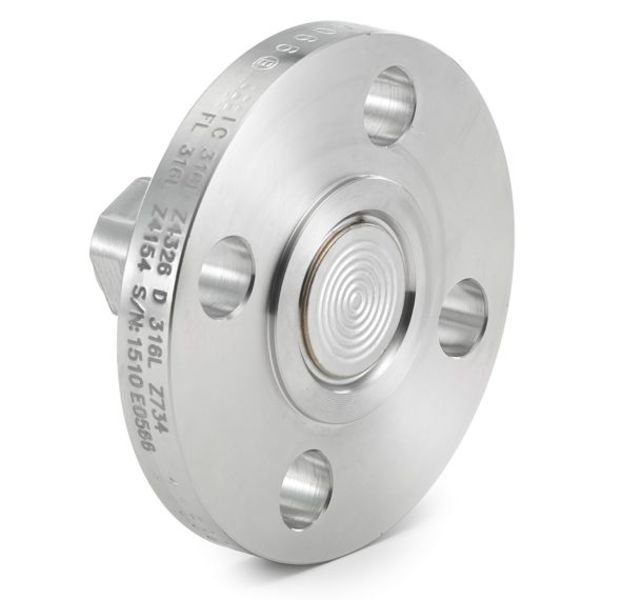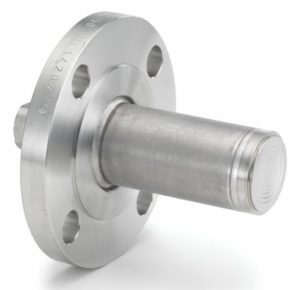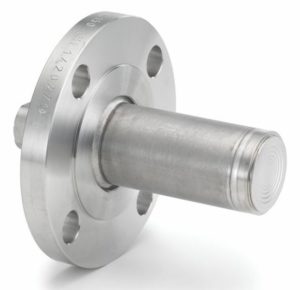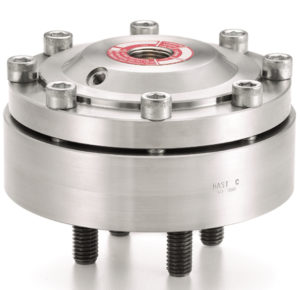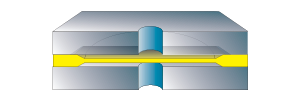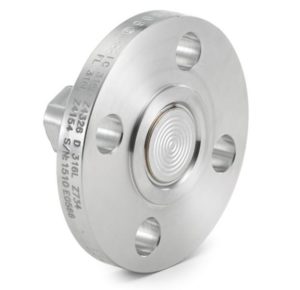

DF-EN Flush Flanged Diaphragm Seal
DF-EN Flush Flanged Diaphragm Seal
Data Sheets
Installation + Maintenance
Declaration of Conformity
Industry Brochures
Product + Technical Information
- 📄 Product Information Page Product for Sour Oilfield NACE MRO0175 and Sour Petroleum Refining Operations NACE MRO0103 ASH-PI-60D 🇬🇧
- 📄 DS-PI-82 pi-page-minimum-maximum-pressures-for-diaphragm-seal EN 03-2023 🇬🇧
Safety Data Sheets
Key Features
Flush design minimizes the use of expensive specialty wetted materials
Selection of wetted materials
Flush-mounted diaphragm prevents clogging of process media
Available with optional Flushing Ring
Material certificates to EN 10204:2004 3.1
Rupture protected due to embedded convolution behind the diaphragm
NACE compliant assemblies
Markets & Applications
Chemical and Petrochemical
Water and Wastewater
Energy
Biogas and Biodiesel
Oil and Gas
NACE Compliant Processes (Sour Gas Separation)
Refinery
Machine Automation
Pumps and Compressors
- Specifications
- Downloads
Case or Body Material
Stainless steel 316L (1.4404)
Pressure Rating
PN10 ... PN100
Process Connection Style
Flange according to EN 1092-1
Accuracy
Added Tolerance ±0.5% typical
Instrument Connection Style
Welded
Threaded
Wetted Parts Material
Stainless steel 316L (1.4404)
Monel
Duplex
Inconel
Hastelloy C
Tantalum
Halar coated
Gold plated
PTFE coated
Stainless steel 904L (1.4539)
PFA coated
Stainless steel 321 (1.4541)
Process Connection Size
DN25 ... DN125
Data Sheets
Installation + Maintenance
Declaration of Conformity
Industry Brochures
Product + Technical Information
- 📄 Product Information Page Product for Sour Oilfield NACE MRO0175 and Sour Petroleum Refining Operations NACE MRO0103 ASH-PI-60D 🇬🇧
- 📄 DS-PI-82 pi-page-minimum-maximum-pressures-for-diaphragm-seal EN 03-2023 🇬🇧
Safety Data Sheets
- Category: Flanged Seals

